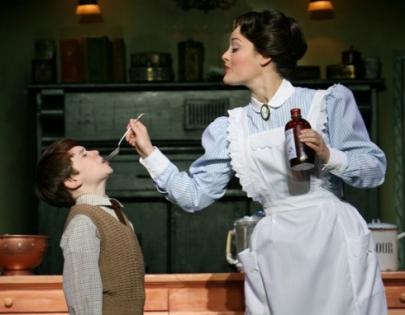The majority of Australian mums know not to add sugar to their children’s food but are still adding almost triple the recommended amount per day according to Brisbane paediatric dietitian, Kate Di Prima.
A new study conducted by consumer research company, Lonergan, for the manufacturers of milk flavouring brand Sipahh Straws, shows that 94% of Australian mums are unclear of the recommended daily amount of added sugar their child should be consuming.
Kate Di Prima, who is not employed by either Sipahh Straws or Lonergan Research, independently reviewed the research and found that it was consistent with her daily practice.
“It’s no surprise that parents want to cut down on the sugar intake but are not sure of what’s good sugar and what’s not,” she told Motherpedia.
“I see it in my practice every day. Parents get confused about with natural sugar and added sugar.
“This confusion gets worse when they are told that carbs are no good and, in response, they cut out something like fruit from their child’s diet. Fruit is an essential part of their diet. It provides fibre and is rich in antioxidants and the sugar is all natural,” says Ms Di Prima.
She said while the World Health Organisation (WHO) advises that 2-10 year olds should receive no more than 2-3 teaspoons of added sugar per day, the research study found that parents are giving their children more than 10 teaspoons per day.
Ms Di Prima believes there should be improved labeling of food and education so parents know exactly what is meant by sugar content.
“Parents need to know the difference between healthy natural sugars and added sugars.”
She encourages her clients to consume natural sugars found in fruit (fructose) and plain milk (lactose) and to avoid added sugars (usually in the form of sucrose or table sugar).
She says that children should have a variety of up to 15 serves of food per day, comprising fruit, vegetables, dairy food, whole grains and lean meats. But the serves also have to be the right size.
“Once again, many parents don’t know what ‘a serve’ is, so their kids are getting supersized portions when they don’t need it.
“It’s another aspect to the challenge of getting the right balance,” she said.
“Parents try to portion control sugar for their kids. There is so much confusion as to what is a suitable food to choose for their children. Some parents are removing foods such as yoghurt and fruit from their children's diets for fear of the sugar, not realising the nutrient loss this would cause,” she continued.
Ms Di Prima believes that children only need two drinks – milk or water.
“Water is best for hydration, and milk contains so many vitamins and minerals including calcium.”
She says that the flavour added to Sipahh Straws is less than ½ teaspoon of sugar compared with 2 teaspoons in a full flavoured milk.
“I’ve got two children myself.
“I know that it’s a constant balancing act to make sure kids have the right food, eat healthily and also have an occasional treat.
“The more mums can know about food and nutrition, the easier it is for them to manage and to make a difference to their children’s lives.”
The bottom-line, she says, that if it’s natural sugar in food such as fruit, milk and some vegetables, it provides essential nutrients, protein and fibre, and it’s good. If it’s added sugar, such as in biscuits, soft drink and fruit juice, it is nutrient poor and does nothing but add kilojoules - and should be no more than 2-3 teaspoons a day.















__small.png)










